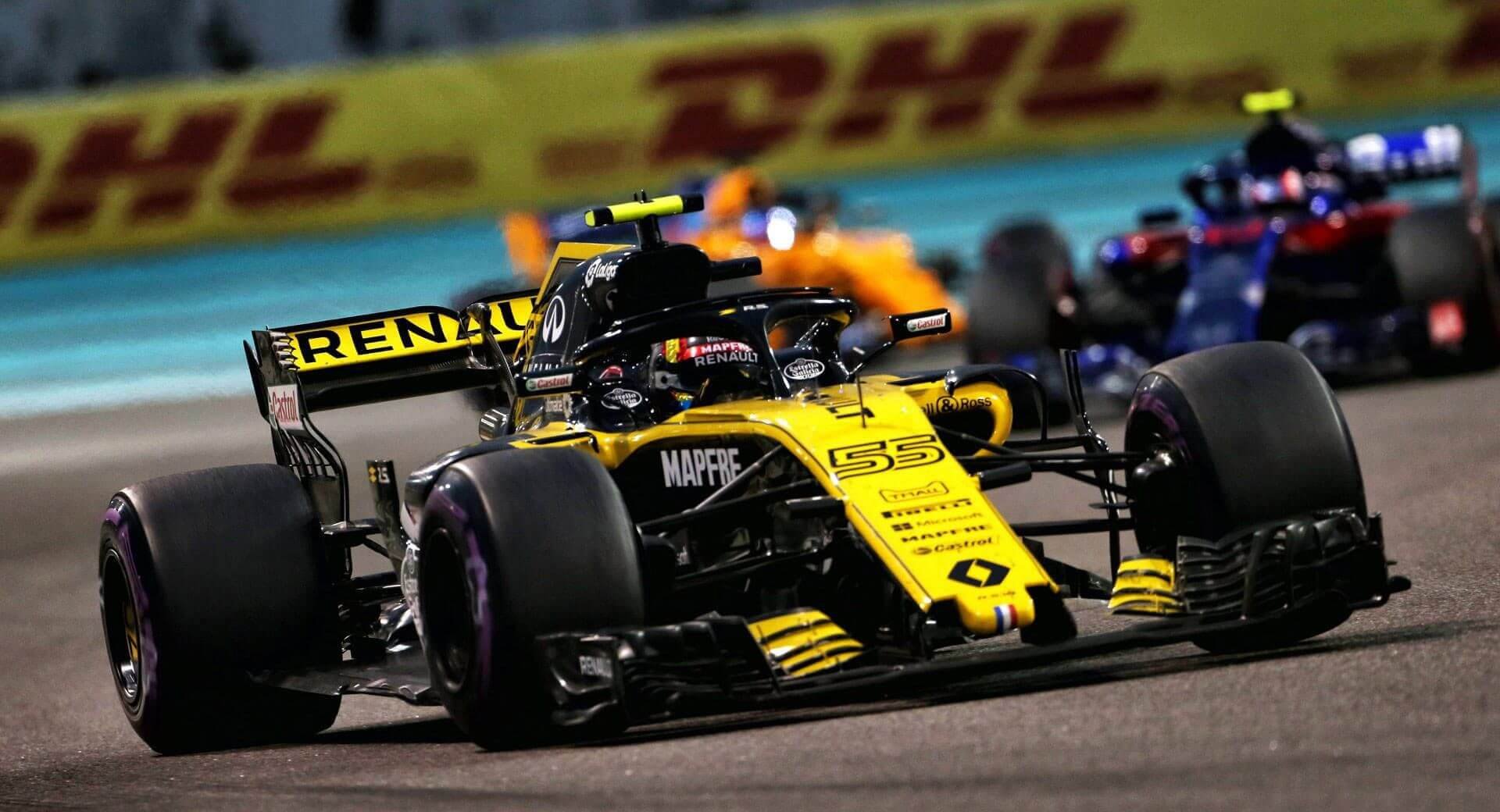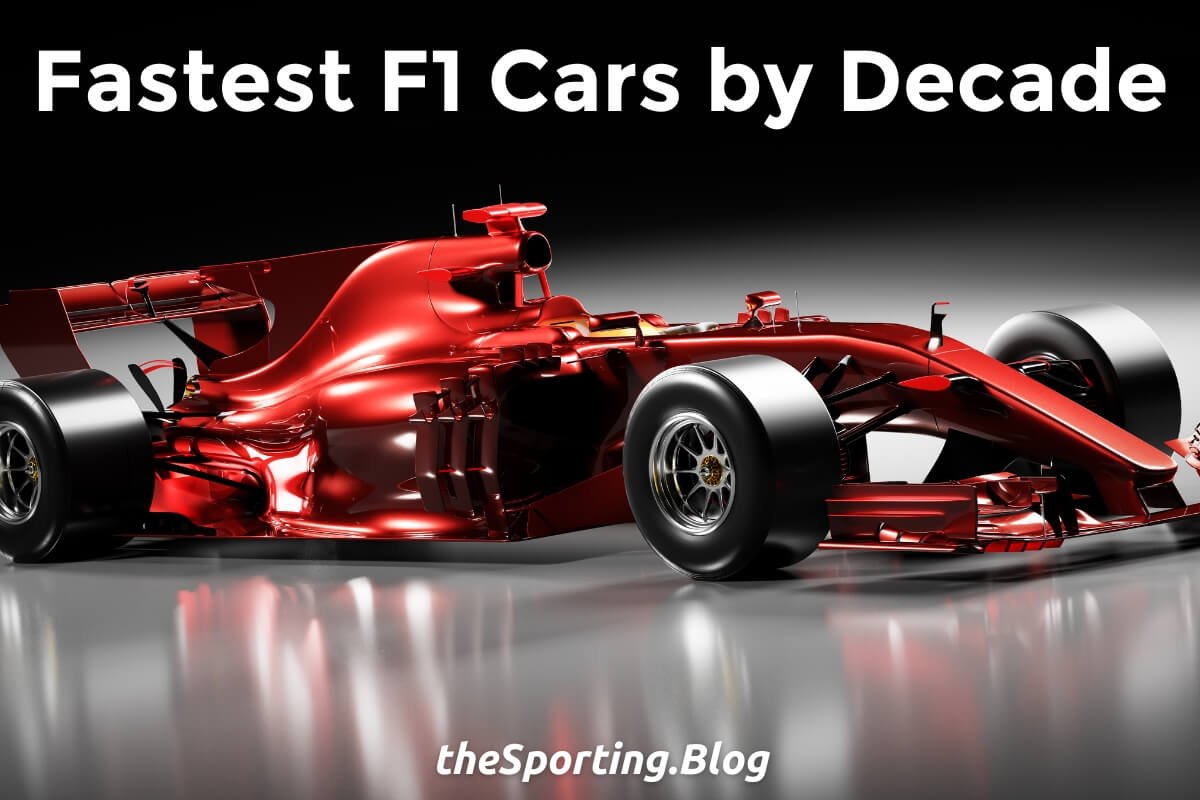F1 and Manufacturers - A Love/Hate Relationship
The Love/Hate Relationship Between Formula 1 and Manufacturers
Formula 1 is entering a golden age of manufacturer involvement in the sport.
New engine regulations, a renewed focus on sustainability, increased revenues following the sport’s ongoing commercial boom and a cost cap have all enticed several new entrants from 2026.
The relationship between Mercedes and F1
The Volkswagen Group have bought the Sauber team in the guise of Audi; Ford has committed to a technical partnership with Red Bull Racing; and General Motors is supporting an ambitious bid for a new team fronted by the Andretti motorsporting dynasty.
With the exception of Ferrari, all other manufacturers have dropped in and out of F1.
In this article, read about some of the most colourful examples of the struggle to maintain constant manufacturer engagement across the 21st century.
Honda
At the turn of the millennium, Honda was an engine supplier to Jordan and the new British American Racing team.
After negotiations with both teams, Honda eventually opted to buy the latter in 2005.
By this stage, the Brackley-based team were well-established podium finishers, going one better in 2006 when Jenson Button claimed victory at a rain-affected Hungarian Grand Prix.
Honda’s ambitions were big, but from there things started to go wrong.
The 2007 and 2008 cars languished way below expectation, finishing 8th and 9th in the constructor’s standings and delivering a solitary podium finish to show for their efforts.
Honda poured its vast resources into the all-new 2009 regulations.
But in December 2008, under pressure given the ongoing financial crisis, the corporate headquarters pulled the plug on its involvement - putting the team’s existence and the livelihoods of hundreds of employees into immediate jeopardy.
Eventually, the team was taken over by Honda team principal Ross Brawn, and named Brawn GP for the 2009 season.
A nightmare turned into a fairytale, as Honda’s focus on 2009 paid off.
To the astonishment of the entire motorsport world, the team took the drivers’ title with Jenson Button and the constructors.
The team, unable to develop the car without additional support, was then sold off to Mercedes. Speaking of…
Mercedes
Mercedes left F1 in 1955 following the horrific Le Mans Crash that killed 84 people, before eventually returning as an engine supplier to Sauber in 1994.
A works engine deal with McLaren brought true success, securing world drivers’ championships with Mika Hakkinen in 1998 and 1999, and then again with Lewis Hamilton in 2008.
After Brawn GP took their 2009 title - supplied with Mercedes engines - senior management took the plunge to buy out Brawn and create the first Mercedes works team for 55 years.
Expectations were sky-high from the start.
Not only had they inherited the title-winning team, but they’d also recruited proven driver talent in Nico Rosberg, and tempted 7-time world champion Michael Schumacher into a sensational return to F1.
These expectations proved wide of the mark, as the 2010 car was underdeveloped due to Brawn’s lack of resources.
The next 4 years failed to deliver on expectations, as Red Bull dominated the sport and Mercedes only had 4 wins to show for their efforts.
2014 heralded a new era for the sport, and with it a period of dominance for Mercedes.
Under the leadership of Toto Wolff, they mastered all aspects of the new regulations, including the new 1.6 turbo hybrid engine, far better than its rivals.
Operational and technical success, therefore, delivered 8 successive constructors championships and 7 driver titles - 1 for Rosberg, and 6 for Lewis Hamilton (who replaced Schumacher in 2013).
It may not have always been plain sailing, but Mercedes are the success story of 21st century manufacturer F1.
Renault
Renault’s F1 story is typical of the yo-yo-ing often demonstrated by manufacturers in the top level of motorsports.
After a brief spell as a works team in the 70s and 80s, Renault had been a successful engine supplier across the 90s, delivering world titles with Williams.
They then purchased the Benetton team in 2000, gradually taking a midfield challenger to a title winner, triumphing in 2005 and 2006 with Fernando Alonso.
2007 was the start of a downward spiral, culminating in the infamous Crashgate saga of 2008, in which driver Nelson Piquet Jr. crashed on purpose to allow his team-mate Alonso to win the Singapore Grand Prix of that year.
Renault never really recovered and sold their team to private investors in 2012.
But in 2016, a change of approach at the top of the French manufacturer was the catalyst for buying the team back.
The team is now rebranded as Alpine (Renault’s supercar brand) and lies at the front of the midfield pack, showing promising signs of progress over the past couple of years.
A single win over the last 7 years, however, is a meagre return on investment.
Toyota
The only manufacturer to start F1 entirely from scratch in the 21st century, Toyota entered F1 in 2002 as one of the world’s biggest car manufacturers
Based in Cologne, there was significant internal frustration with a corporate attitude not always aligning with the required dynamism to make big decisions.
The finger was often pointed at the drivers, with regular changes to both seats halting momentum in their early years.
That said, tangible progress was being made, with the team taking a real step in 2009, taking podiums and being unlucky not to win any races.
The financial crisis changed everything and Toyota decided that the cascade of resources poured into F1 was no longer justifiable.
Their 2010 car was never raced - who knows how competitive this car could have been.
Toyota has not shown any indication of returning to F1 since, despite considerable success in endurance racing.
BMW
German giants BMW entered F1 in 2000 in partnership with Williams.
Initial promise, with increasing competitiveness up to 2003, and BMW supplying the best engine on the grid, was stunted by disappointing results across 2004 and 2005.
At this point, BMW decided that Williams was no longer the juggernaut that had delivered so many titles in the 1990s and opted to go it alone, buying out the Sauber team in advance of the 2006 season.
Impressive progress was to follow, as the team went from midfield protagonists to title challengers in 2008.
Leading the drivers’ championship in 2008 with Robert Kubica after 7 rounds, the team chose to prioritise the following season with new regulations over maintaining position.
This backfired spectacularly, as the 2009 car was well below expectations, and the team pulled out from the sport entirely at the end of the season, selling the team back to previous owners Sauber.
BMW was only in the sport for 10 years with just one win to show - but things could have panned out so differently for F1’s almost manufacturer.







